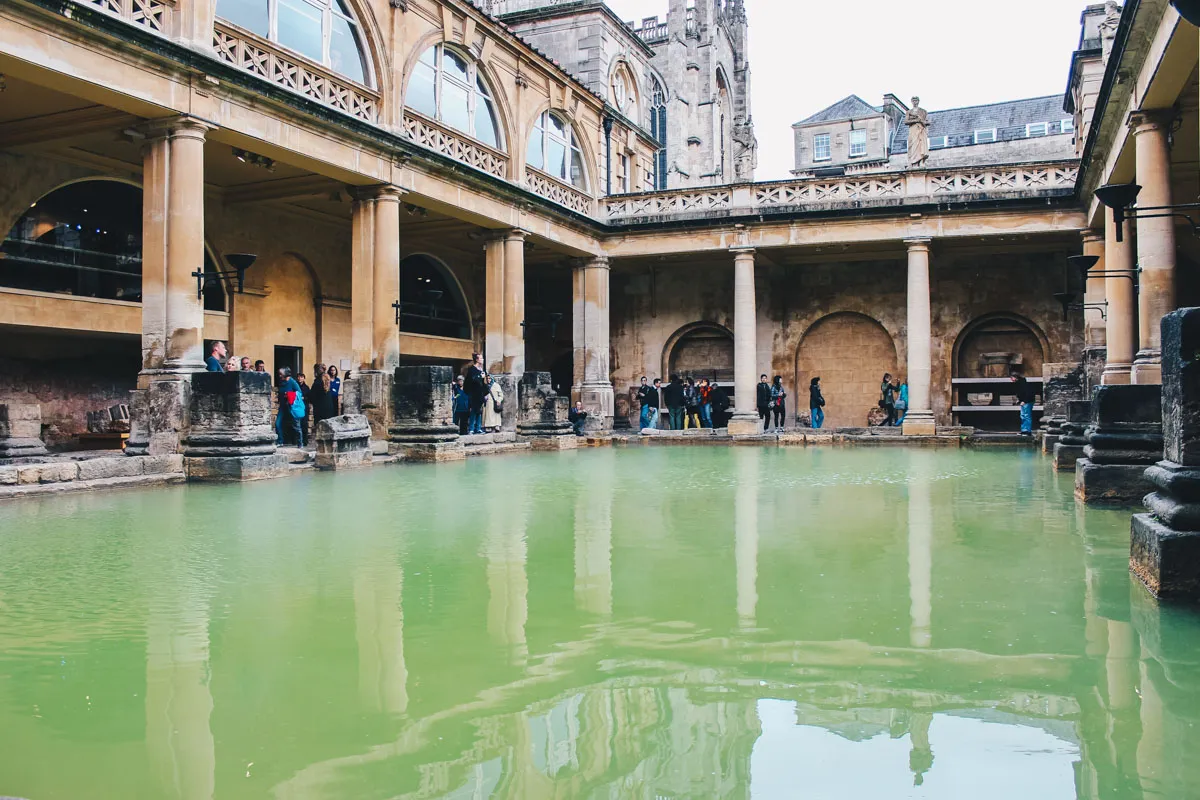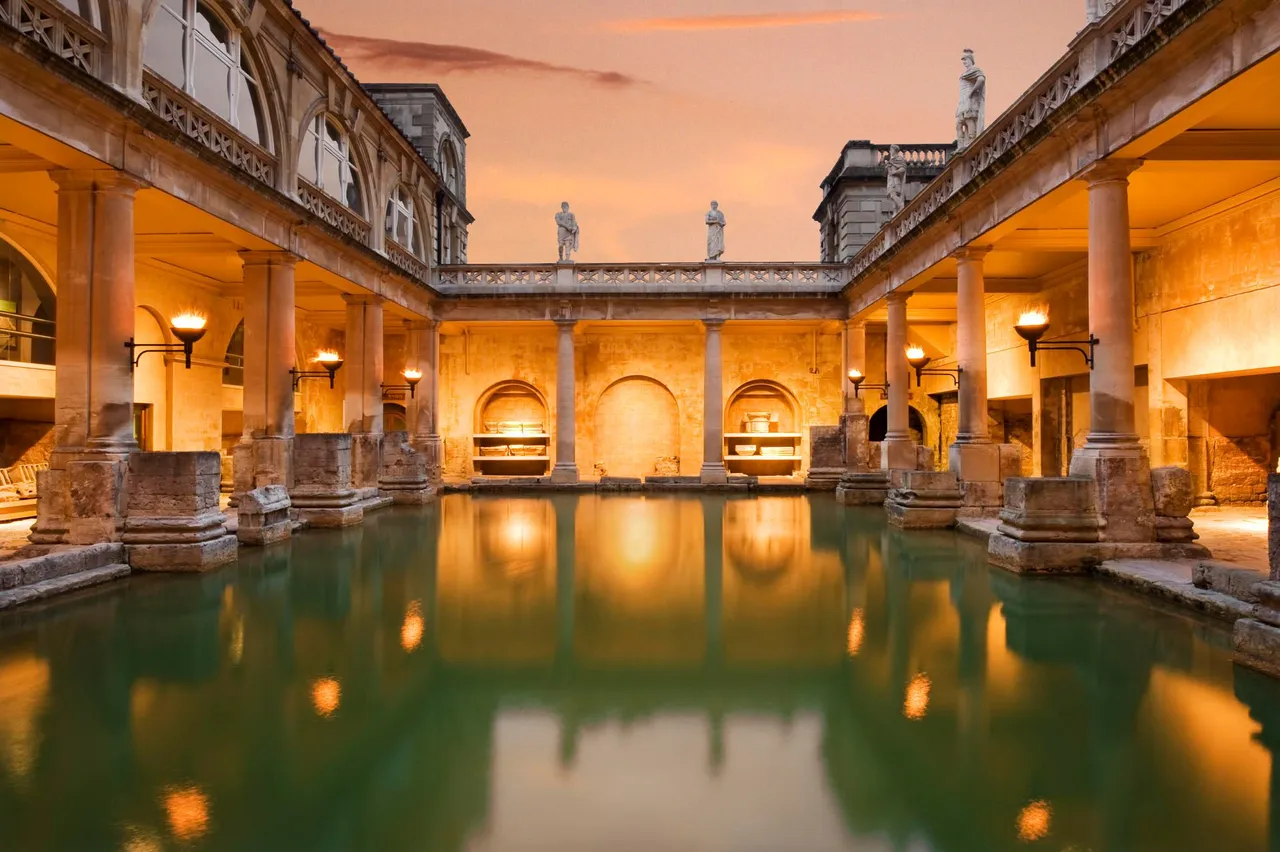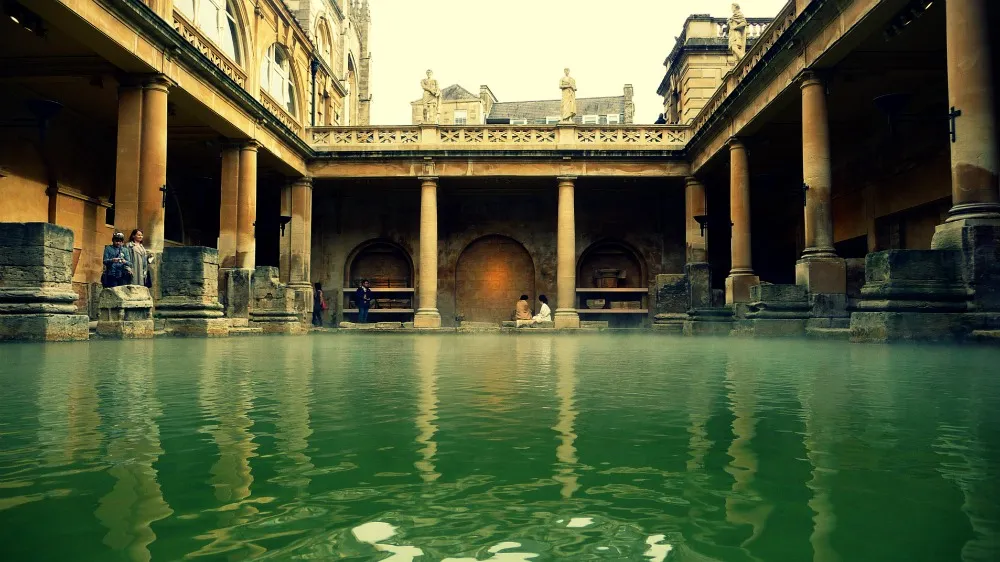The acclaimed Roman Baths complex is a site of chronicled enthusiasm for Somerset. The house is an all around protected Roman site for open showering. It's a remaking of the already decimated showers. It was crushed in the 6th century, proliferation of the showers occurred after some time with the last additions being done in the late 1800s.The Baths are a noteworthy vacation destination of present day world. They get in excess of one million guests per year. It was incorporated on the 2005 TV program Seven Natural Wonders as one of the supernatural occurrences of the West Country. Guests can see the Baths and Museum yet can't enter the water.

The primary hallowed place at the site of the hot springs was worked by Celts, and was committed to the goddess Sulis, whom the Romans related to Minerva. Geoffrey of Monmouth in his to a great extent anecdotal Historia Regum Britanniae depicts how in 836 BC the spring was found by the British lord Bladud who constructed the principal Moorish showers. Ahead of schedule in the eighteenth century Geoffrey's dark legend was given awesome conspicuousness as an illustrious underwriting of the waters' characteristics, with the frivolity that the spring had cured Bladud and his group of pigs of sickness through floundering in the warm mud.

The showers have been changed on a few events, including the twelfth century, when John of Tours constructed a remedial shower over the King's Spring supply, and the sixteenth century, when the city organization manufactured another shower (Queen's Bath) toward the south of the spring. The spring is currently housed in eighteenth century structures, outlined by modelers John Wood, the Elder and John Wood, the Younger, father and child. Guests drank the waters in the Grand Pump Room, a neo-traditional salon which stays being used, both for taking the waters and for social capacities. Victorian development of the showers complex took after the neo-traditional custom built up by the Woods. In 1810 the hot springs fizzled and William Smith opened up the Hot Bath Spring to the base, where he found that the spring had not flopped but rather had streamed into another channel. Smith reestablished the water to its unique course and the showers filled in less time than previously.

The guest entrance is by means of a 1897 show corridor by J. M. Brydon. It is an eastbound continuation of the Grand Pump Room, with a glass-domed focus and single-story radiused corner. The Grand Pump Room was started in 1789 by Thomas Baldwin. He surrendered in 1791 and John Palmer proceeded with the plan until its culmination in 1799. The rise on to Abbey Church Yard has a middle bit of four drew in Corinthian sections with entablatures and pediment. It has been assigned by Historic England as a review I recorded building. The north corridor was likewise composed by Thomas Baldwin. The south corridor is comparable yet had an upper floor included the late nineteenth century. The historical center and Queen's Bath including the "Extension" traversing York Street to the City Laundry were by Charles Edward Davis in 1889. It involves a southward expansion to the Grand Pump Room, in which some remaining parts of the C17 Queen's Bath are consolidated.